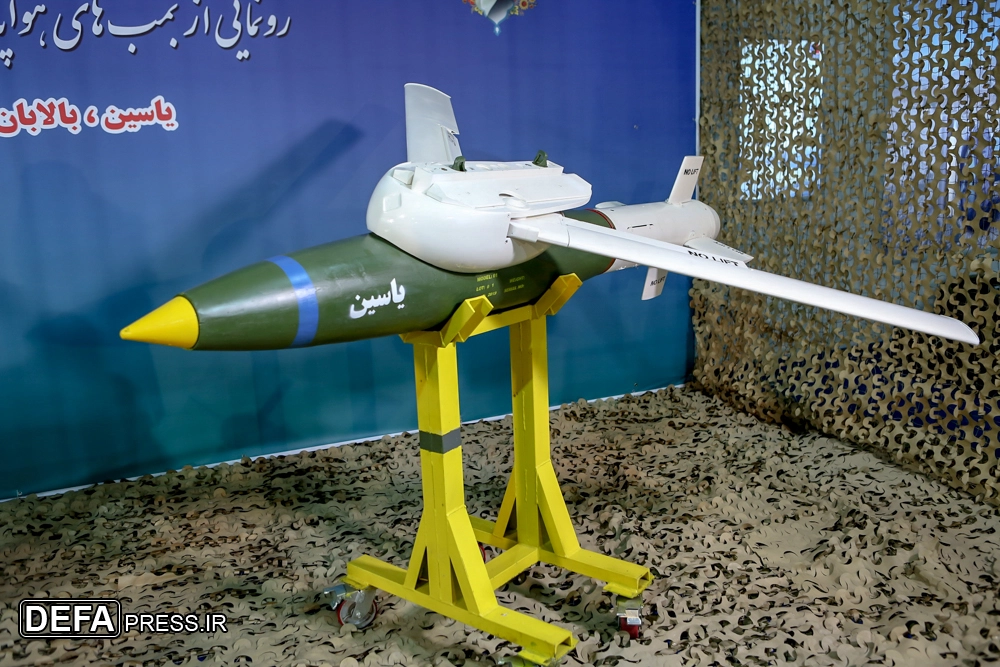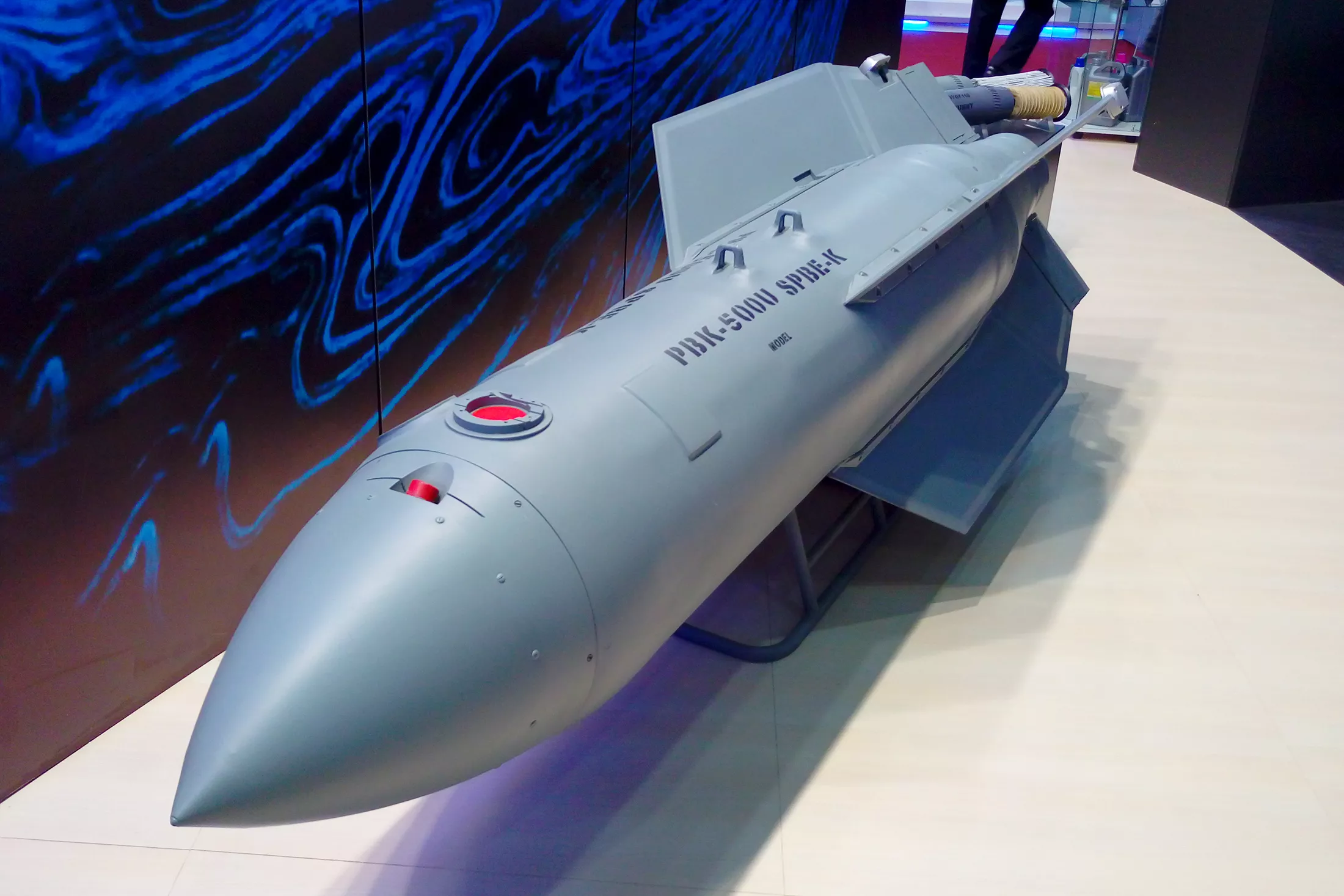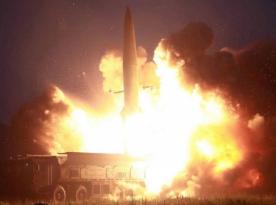A noteworthy photo has been shared by russian media recently, it depicts a new weapon for frontline bomber aircraft: an ordinary FAB-500 M62 dumb bomb with a guidance kit which ideologically resembles the US-made JDAM-ER.
In the published photo, we can see the ordnance attached under a Su-34 wing, it has a unit with fins fixed to the rear end by metal clamps.
Read more: The US Plans to Provide Ukraine With JDAM: a Kit For Converting Common Bombs Into High-Precision Ones And More

The caption to the photo says, "quite a roughly executed character implies that here we have a test model, just recently assembled". Indeed, the uneven welding seams look like the piece was made hastily.
At the same time, it looks suspicious in a way that it could be a product of the russian-iranian cooperation. Although even the "iranian JDAM" look more high-tech in comparison.

The frame itself also looks questionable, in particular, it looks like there is no function to enter the target coordinates mid-flight. Furthermore, the metal frame makes it all the more dubious that there can be an antenna to receive coordinates from the satellite guidance.
Presumably, here we see the ever-first test model just to see the aerodynamic behavior of the guided bomb. Or it simply has no such capability at all, and this device only means to increase the range of bombing.
Either way, the appearance of this "JDAM analog" is interesting in itself, considering that russian ministry of defense has not been interested in precision munitions. On the contrary, there were some developments demonstrated in russia, including the PBK-500U SPBE-K "Drel" ("Drill") from NPO Bazalt, or the "Grom-E2" from KTRV based on Kh-38 missile, or modernization of Soviet technologies represented by KAB-500S, but all of these projects used another approach and aimed to create entirely new munitions, not guidance kits.

The priority was given to the integration of the SVP-24 "Gefest" aiming system. The idea behind the Gefest is that it's basically a digital bomb sight. By using satellite data of the locations of the carrier and the target, it calculated the parameters of atmospheric pressure, air humidity, wind speed, flight speed, issues the flight parameters and automatically drops unguided bombs on the autopilot.

The integration of SVP-24 Gefest was widely compared to American JDAM in the russian media who were critical of the single-use JDAM and praised their "smart planes". In favor of the effectiveness of this approach, they used as an argument the combat experience in Syria, where the bombers launched carpet bombardments from 5-6 km above, so that air defense weapons could not reach them.
However, the reality turned out to be not that favorable and now this crooked guidance kit is praised traditionally as a "one-of-a-kind" solution. At the same time, specialized russian media admit the resemblance to JDAM and hope it will make up for the backlog.
We should as well not rule out the possibility of deliberate disinformation aimed to cover an arrival in russia of a foreign weapon from another country, for instance, iran.
Read more: Russians are Trying to Survive in Ukraine by Armoring Their Trucks Artisanally














